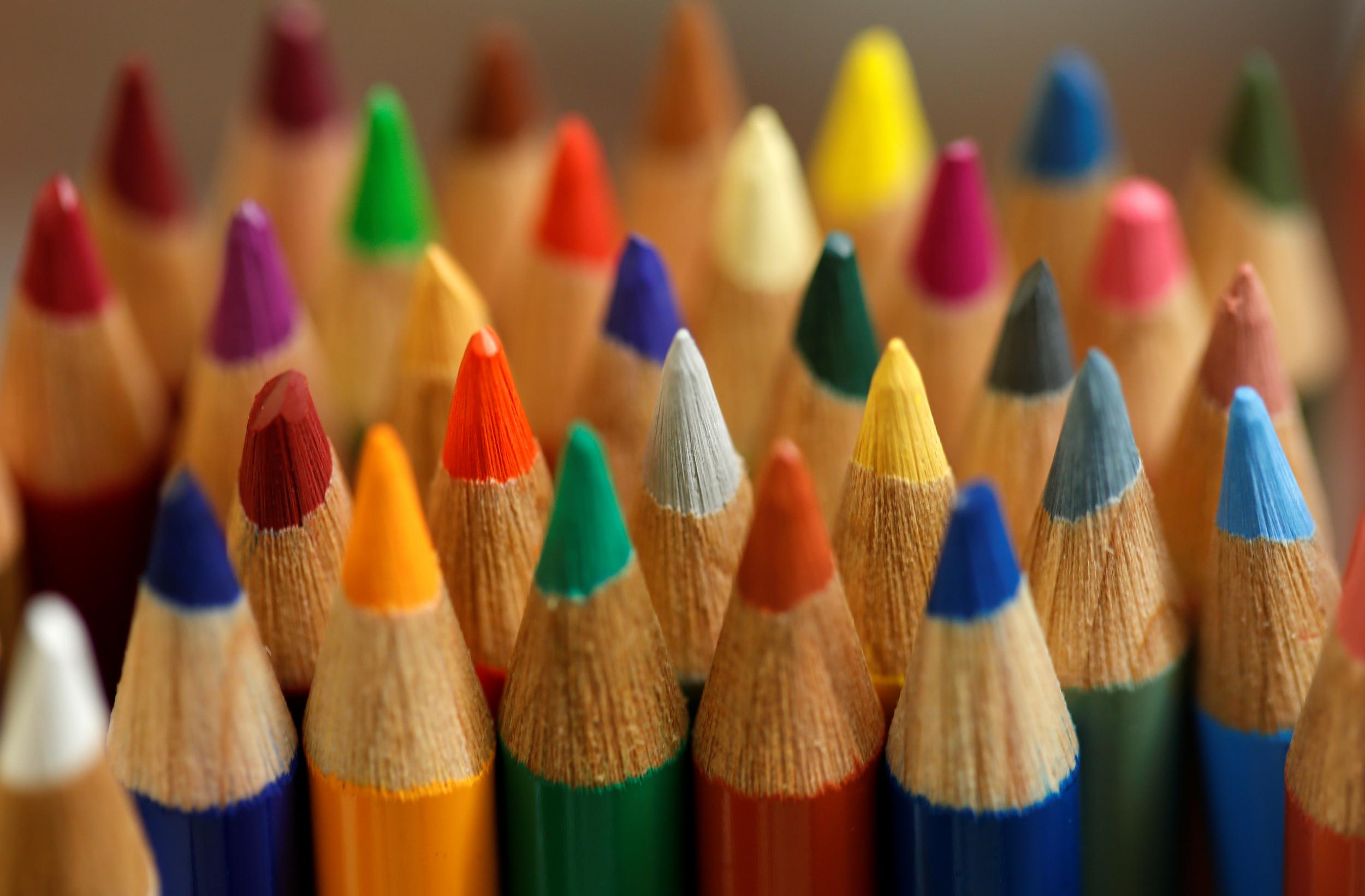A View from the Top: Bitmoji founder Ba Blackstock on how he came up with the addictive avatars
The comic character creator reveals how a love of drawing and film led him to a CEO spot

Your support helps us to tell the story
From reproductive rights to climate change to Big Tech, The Independent is on the ground when the story is developing. Whether it's investigating the financials of Elon Musk's pro-Trump PAC or producing our latest documentary, 'The A Word', which shines a light on the American women fighting for reproductive rights, we know how important it is to parse out the facts from the messaging.
At such a critical moment in US history, we need reporters on the ground. Your donation allows us to keep sending journalists to speak to both sides of the story.
The Independent is trusted by Americans across the entire political spectrum. And unlike many other quality news outlets, we choose not to lock Americans out of our reporting and analysis with paywalls. We believe quality journalism should be available to everyone, paid for by those who can afford it.
Your support makes all the difference.At 4am, not many people would pick up a receipt from the Golden Griddle 24-hour diner, see the list of menu items, including “chickparmspag” (short for chicken parmesan spaghetti) and “swasp” (Swiss asparagus omelette), and instantly dream up a whole cartoon world – Griddleville, in which Swasp is the bad guy and Chickparmspag is the hero (with a fettucini-inspired brother, Chickparmfet). Ba Blackstock is one of the few. Maybe one of one. He is also the creative force behind – and CEO of – Bitmoji, the highly addictive avatars now all over your phone.
I met him at the Snapchat offices in Soho on his way back from Berlin where he had been talking about “the power of the avatar”. He could have gone into movies. Growing up in Toronto, he was deeply influenced by Mary Poppins, which he saw at the age of three, and Poltergeist (aged six). And he wrote a story of his own called “Mr Beaver in Space” at the age of four. He started drawing as soon as he could hold a pencil and found he “had a knack for it”. He loved movies as a kid and as soon as he “realised that they were made by people” he knew he had do that. “Don’t forget to thank your mother when you win an Oscar,” his mother told him. He took her very seriously.
At school he wrote, produced and starred in a full-length play to do with the adventures of three people in a single bathroom stall. He went on to film school, where he became, as he says, “a triple dropout” (his only hope now, he says, is an “honorary doctorate”). But he also got a TV deal to make Griddleville. Somewhere deep in development hell he realised that no one else could understand the vision he had in his head. So when he got a job at a studio he made his own animated film, using stop motion. It took him three years to make a film 11 minutes long. And it was only a demo reel.
He was “exhausted”. But he soon came up with a new, more interactive project, on the back of funding from the Canadian government and working with a bunch of friends from high school. Then he sat for an entire month at his desk, drawing a total blank, freaked out by the challenge of creating the ultimate cartoon strip. To get over cartoonist’s block, he came up with a new approach, the graphic equivalent to what the Surrealists called “automatic writing”: he would sit down every day and draw a 10 x 8in panel, the first thing that came into his head, creating at the speed of thought, without refining, without pausing, promising himself that it could all go into the garbage. “After a few months, I thought: I’m not throwing this in the garbage.”
The new, spontaneous, elemental style made him think about the minimum conditions required to make a drawing work, the degree zero of art. “I was so sick of drawing all these characters,” he says. “It was too much work. If necessity is the mother of invention, then laziness is the father.” So he came up with a “comic builder” with online tools to do the job for him.
Ba says his “eureka moment” came when he realised that the comic builder was bigger than his own limited fantasy world. Instead of aliens it could designate real people in a specific time and space. And with these tools anyone in the world could make comics without being able to draw. “It requires absolutely no skill,” he assures me.

His Bitstrips company emerged in 2007, something like YouTube for comics. But not everyone is thinking about making comics, no matter how easy. On the other hand, everyone is using a phone to communicate. “If you go surfing, write a novel, or go to the bathroom, the narrative glue in all that is you.” Thus Bitmoji was born, reinventing comics as a form of digital ID, relying on an aesthetics of omission. “It’s all about a reduction of detail,” Ba says. “And a heightening of the essential you – the iconic you.” Whereas the Second Life-style avatar is all about fantasy, being someone completely different, “this is to help you be more yourself”.
It’s you in online form, but the Bitmoji is the opposite of the selfie. “Some people post selfies all the time. But not everyone feels comfortable with that. It can be nerve-wracking to put yourself out there.” So you design an iconic image of yourself instead, a badge, a symbol, a shield, putting your best face forward, but also insulating yourself from too much reality. “The bitmoji evokes what you feel like inside. Your avatar doesn’t have a bad hair day.”
Bitmoji is not completely killing written language. You are able to to fuse image and text, as in a classic graphic novel, using elementary forms of language, “the keynotes of conversation”. Examples: “Awesome!” and “You’re cute” (apparently the most popular line). They’re now working on Spanish and French bitmoji and different alphabets like Arabic. And 3D bitmoji too. “We want to improve how people communicate, wherever.”
Bitmoji is now a division of Snapchat and is currently in a relationship with Tinder in the form of “flirtmoji” (“for all of your sexting needs” it says on the website). People make a date with an avatar and it goes from there. “It works, we’ve seen it work,” says Ba enthusiastically. “Some of them get married and have kids. So Bitmoji is responsible for producing new humans.” Ba also admits that even Bitmoji-inspired romance can blow a fuse. “Some people have complained that they prefer the Bitmoji. Sometimes the avatar is just cuter. I’ve heard someone say, ‘My Bitmoji is cooler than me.’”
Ba is pretty much like his own Bitmoji. Only more articulate. And in case you’re wondering where “Ba” comes from: his real name is Jacob. His best friend, aged six, couldn’t pronounce it and called him “Ba”. It stuck. Ba Blackstock is now 42 and bearded and has a grown-up job, but he still seems like an untamed kid who just wants to have fun, let loose in a digital playground.
Join our commenting forum
Join thought-provoking conversations, follow other Independent readers and see their replies
0Comments